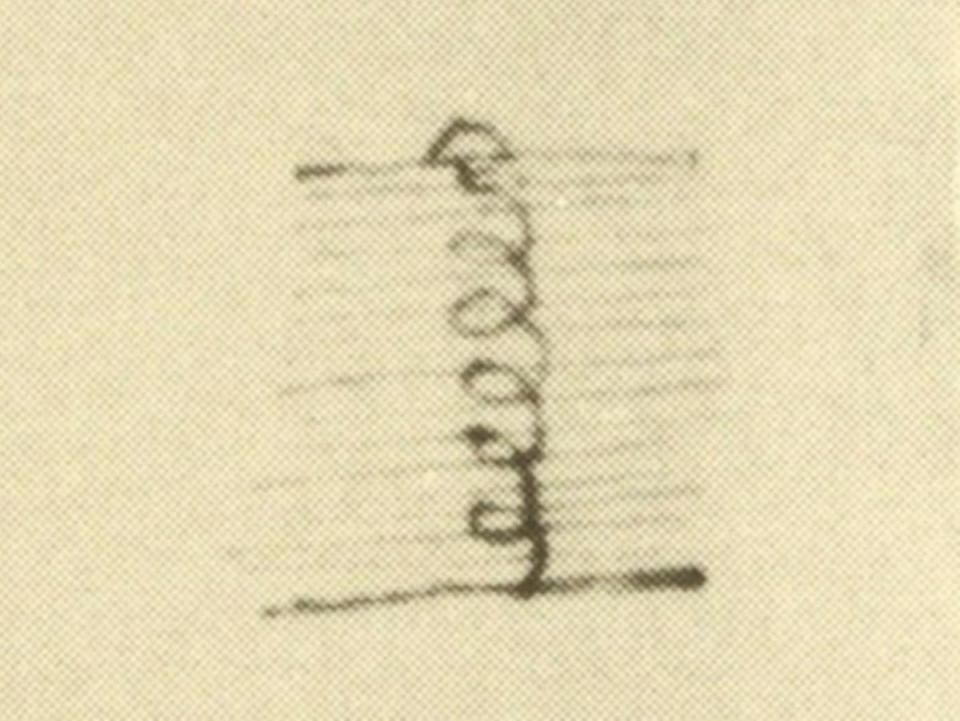Scientists solve 500-year-old mystery that puzzled Leonardo da Vinci

Scientists appear to have solved a mystery of physics that has puzzled people for centuries.
Leonardo’s Paradox, named after Renaissance artist Leonardo da Vinci who observed the phenomenon, centres on the way air bubbles appear to zigzag or spiral as they rise through water.
The polymath was unable to explain why bubbles move in this manner – rather than rise in a straight line, as physics would suggest – but did find a correlation between the size of a bubble and its movement: the unexpected motion only occurs once a bubble achieves a spherical radius of roughly 1 millimetre.
For more than 500 years, scientists studying fluid dynamics have also been unable to come up with a satisfying explanation for why this occurs – until now.
Two researchers from the University of Seville and the University of Bristol used a mathematical framework to simulate air bubbles rising through water, calculating they become unstable once a critical radius of 0.926mm is reached.
This is due to the pressure of the water surrounding the bubbles forming subtle deformations in their shape, causing the wobble motion.
Their findings were detailed in a study, titled ‘Path instability of an air bubble rising in water’, published in the journal Proceedings of the National Academy of Sciences on Tuesday.
“It has been documented since the Renaissance that an air bubble rising in water will deviate from its straight, steady path to perform a periodic zigzag or spiral motion once the bubble is above a critical size,” the paper stated.
“Yet, unsteady bubble rise has resisted quantitative description, and the physical mechanism remains in dispute. Using a numerical mapping technique, we for the first time find quantitative agreement with high-precision measurements of the instability.”
The researchers conclude that the discovery of the mechanism opens up the possibility for further study of “small contaminations, present in most practical settings, which emulate a particle somewhere in between a solid and a gas”.

 Yahoo Finance
Yahoo Finance 